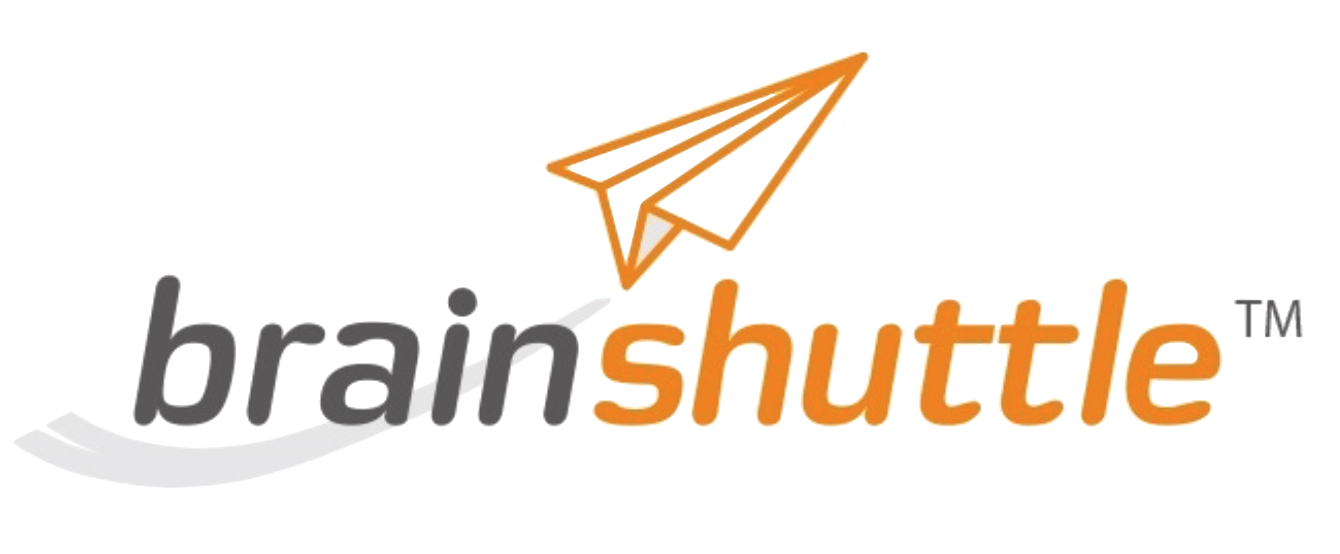
Network Security & Digital Forensics
Passive and active attacks, malware, hacker operations, public information gathering and public databases, connecting to ports and common banners, brute force attacks, network attacks, network security, operating system security implementation, cryptography, web application design and security operations, information management, and policies, risk measurement and management, computer, network, application, and mobile device forensics and security standards.

Mathematics for IT
Applications of mathematics in IT, graph theory, propositional logic, well ordering principle, mathematical induction, integer division in programming languages, properties and equations in groups, modular arithmetic, finite groups, pseudo-random numbers, the linear congruent method, cryptography, modular powers, decryption RSA, duplicates, scan and hash function analysis, describing function growth, isomorphic graphs and checking isomorphism, cut vertices and cut edges, weighted graphs and shortest paths, trees, paths in trees, rooted trees, and subtrees, depth-first searches, breadth-first searches.

Secure Software Development
Security vs safety and correctness; insecure software and hackers, security requirements, secure software and software development models, security practices, secure design, vulnerabilities and vulnerability patterns, coding practices and tools, security responsibilities of the release manager, handling vulnerable information, software security metrics, symmetric cryptography, data encryption standards, web services security, digital rights, identity management.

IT Project Management
Project phases, project integration, time management, cost management, risk management, UML diagram types and applications, classic process models, the Agile manifesto and principles, project quality management, file-sharing, locking, resolving conflicts, unit testing, integration testing and acceptance testing, prioritising features, assessing costs and risks, and project configuration.

Operating Systems & Cloud Computing
Computing hardware platform elements, program behaviour at run-time, high performance multi processor servers, high performance memory architecture and design, virtualisation of the computing infrastructure, legacy storage technologies, large capacity storage solutions, cloud computing, enterprise cloud computing, disaster recovery (DR) strategies, business aspects of using cloud computing solutions.

Mobile Computing & 5G Networking
Wireless protocols, wireless cellular networking, mobile device hardware architecture, 4G architecture, routing with mobile nodes, 4G applications, 5G architecture, network slicing, 5G network, IoT networking technologies, 5G application domains, cloud computing and mobile edge computing, mobile operation systems and apps development, SDN application, high performance computing mobile phone.

Internet of Things (IoT)
Fundamentals of embedded computing, wireless sensor and ad HOC network protocols, hybrid routing protocols, machine-to-machine communication protocols, IoT-based smart vehicles and plants, smart buildings, smart cities, IoT application layer messaging protocols, IoT application development, SDN control and cloud computing application, IoT data analytics and security issues.
